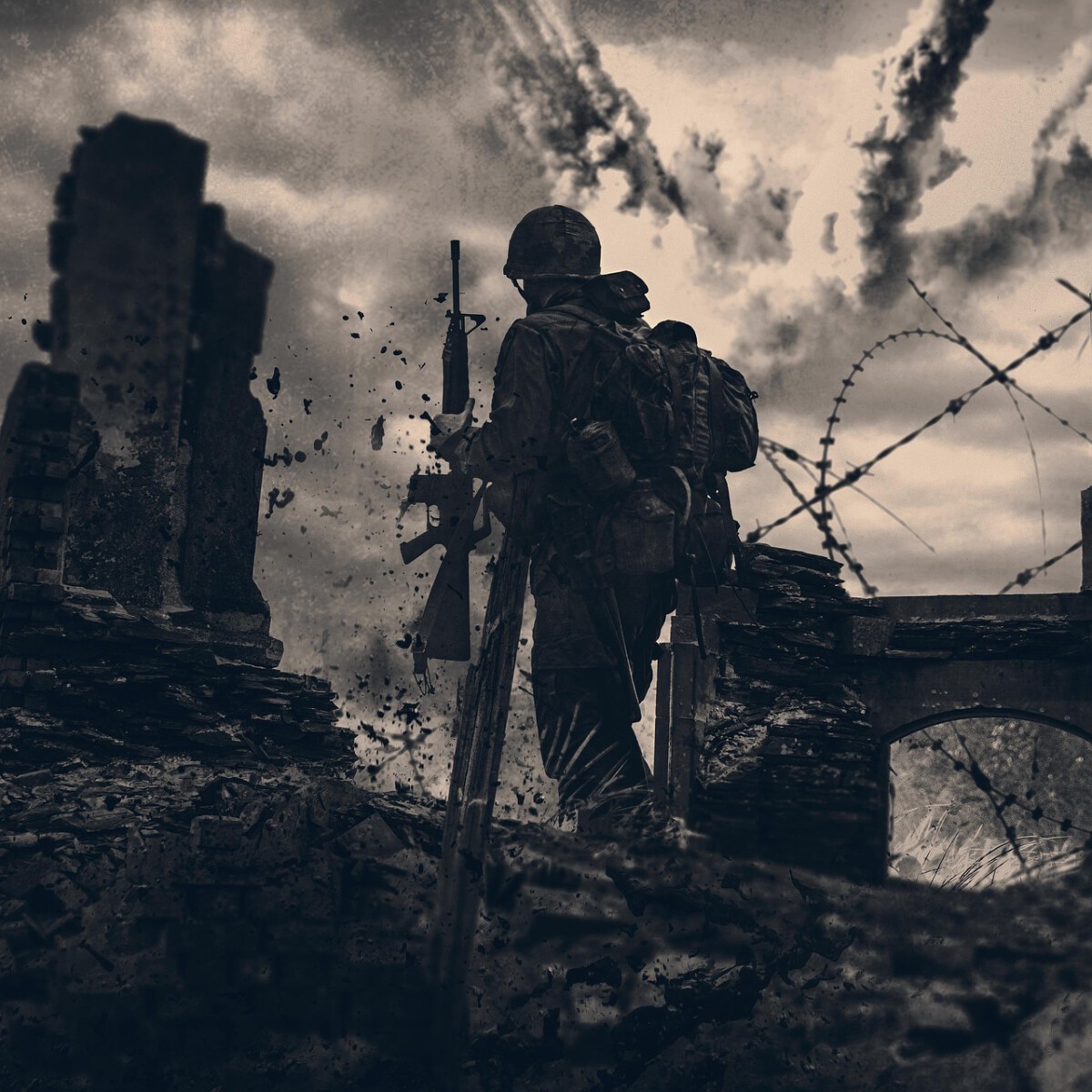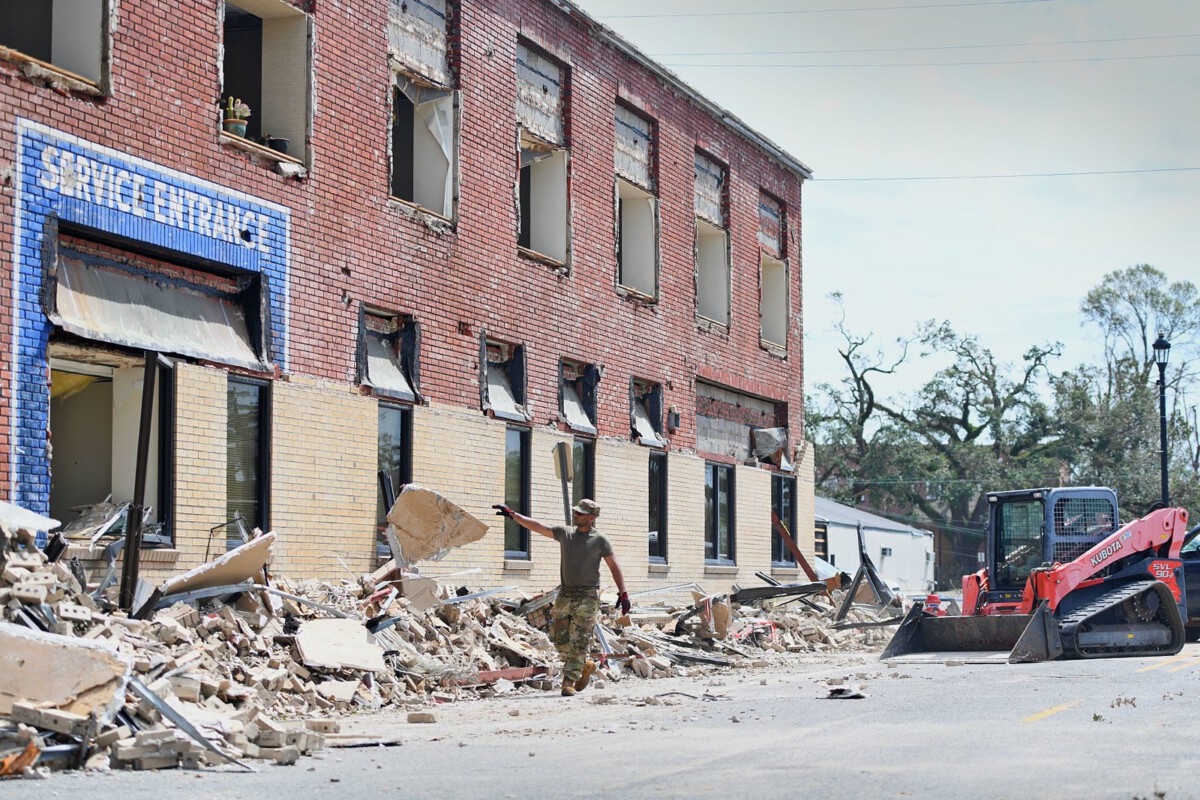
A Bold Display Gone Awry (Image Credits: Pixabay)
Southern California – Dust kicked up along Interstate 5 as the hum of traffic gave way to the sharp crack of distant explosions, turning a planned show of force into an unexpected close call for officers on the ground.
A Bold Display Gone Awry
Picture this: the Marine Corps marking 250 years with a live-fire demonstration right over one of California’s busiest highways. What was meant to thrill spectators at Camp Pendleton instead sparked real worry when things didn’t go as scripted. Officials had assured everyone it was safe, but reality hit differently.
The event drew big names, including Vice President JD Vance and Defense Secretary Pete Hegseth. Crowds gathered to watch artillery rounds arc overhead. Yet, in a split second, that spectacle veered into hazard territory, leaving experts scratching their heads about oversight.
Why Fire Over a Highway?
The idea stemmed from tradition and tech showcase. Marines wanted to demonstrate precision firing during their anniversary bash. Interstate 5, running parallel to the base, became the backdrop for these high-altitude shots.
Planners argued the rounds would detonate far above, posing no risk to drivers below. Still, California Governor Gavin Newsom pushed back hard, citing dangers to the 65,000 daily vehicles zipping through. He ordered a full shutdown of the stretch near Oceanside, a move that saved lives but irked some federal folks.
Newsom’s team highlighted the economic hit – millions in lost freight and tourism. Traffic experts from the California Highway Patrol backed the closure, pointing to distractions from the blasts alone.
The Critical Failure
During the demo on October 18, a 155mm artillery shell malfunctioned. It detonated prematurely, mid-flight over the southbound lanes. Shrapnel scattered like confetti from hell, pinging off vehicles parked nearby.
A CHP cruiser, part of the VP’s protective detail, took the brunt. Metal fragments dented the roof and hood, but thankfully, no one inside was hurt. The patrol agency confirmed the damage Sunday, launching an immediate probe.
Official Responses Pour In
The Marines jumped on it fast, admitting the round “failed to clear the roadway.” They’re investigating to pinpoint why the fuse triggered early. White House reps downplayed it as a rare glitch in an otherwise secure op.
CHP brass expressed relief over the empty roads but frustration at the near-miss. “This underscores why we fought the closure,” one official noted. Newsom praised his team’s foresight, while critics called the whole thing a needless risk.
Federal and state tensions simmered beforehand. The governor’s office had warned of “extreme life safety risks,” including loud booms startling drivers into wrecks.
Impacts Beyond the Blast
Closing I-5 snarled routes across San Diego and Orange Counties. Trucks idled, delaying $94 million in daily goods. Commuters faced hours of detours, amplifying gripes about military priorities over public safety.
Environmentally, it stirred concerns too. Live rounds mean potential fallout, though officials claim containment. The incident fuels debates on basing such events near urban arteries.
Safety Protocols Under Scrutiny
Experts now question if high-altitude firing needs stricter buffers. Past drills have stayed within base lines, avoiding highways altogether. This case might push for new rules on civilian proximity.
Training inert rounds or simulations could mimic the show without live ammo. Still, the allure of real firepower persists in military culture. Balancing spectacle and security remains the core challenge.
Key Takeaways
- A premature detonation showered shrapnel on a CHP vehicle, but no injuries occurred thanks to the highway closure.
- Governor Newsom’s decision to shut I-5 prevented potential disasters amid heavy traffic.
- Investigations are underway to prevent future mishaps in military demonstrations near populated areas.
This close call serves as a stark reminder that even “controlled” military exercises can tip into unpredictability, especially when highways are involved. What steps should ensure safety next time? Share your thoughts in the comments.



